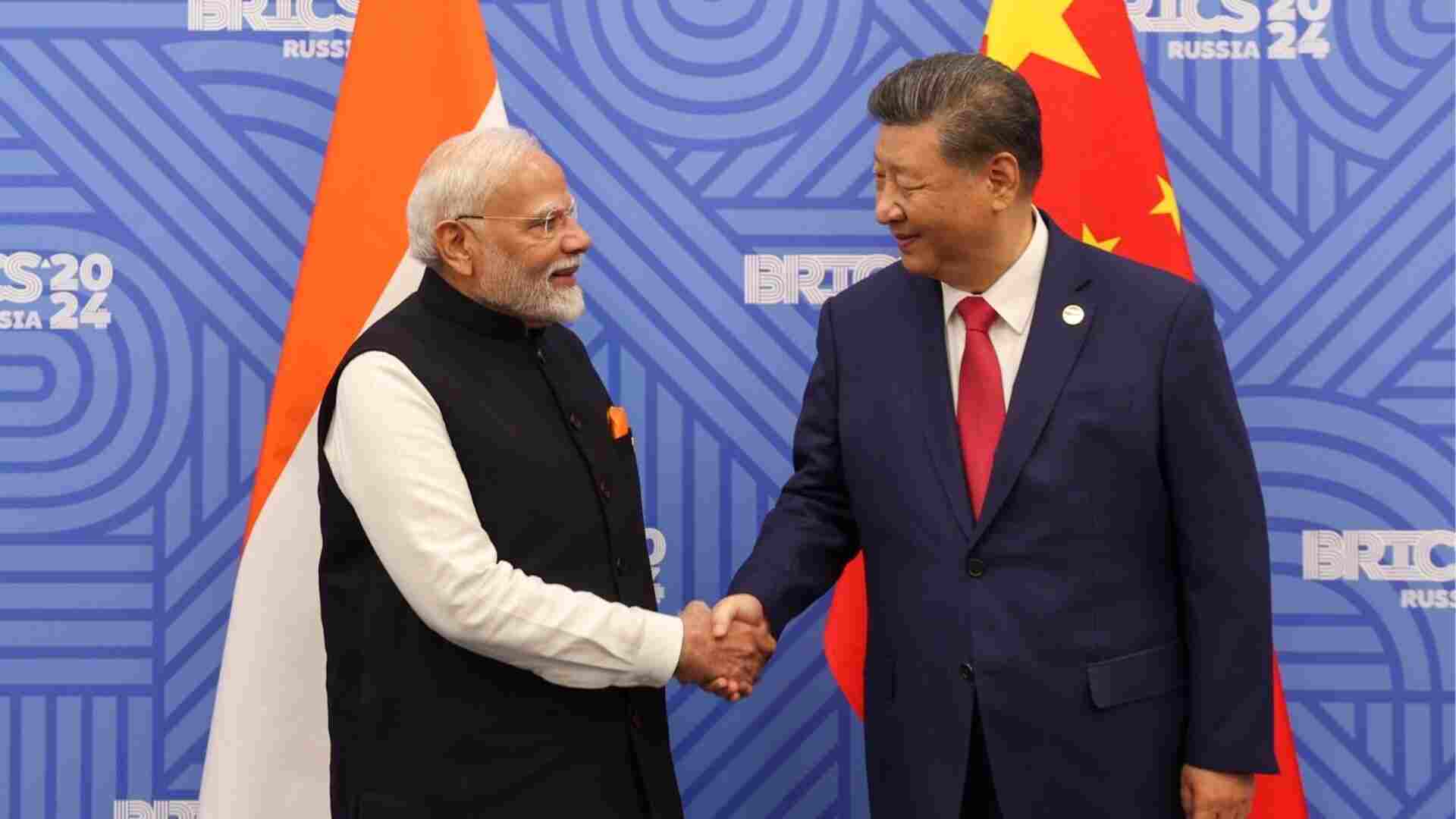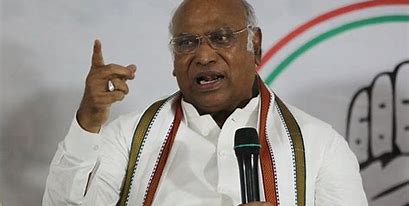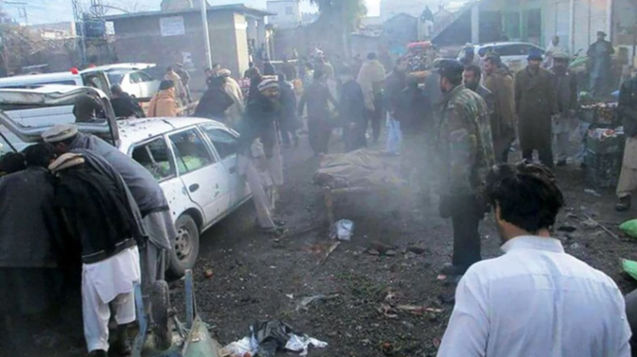The U.S. State Department has expressed its approval of the “reduction in tensions” along the India-China border following the recent disengagement of troops from both countries along the Line of Actual Control (LAC).
U.S. State Department Spokesperson Matthew Miller stated that Washington is closely monitoring the situation and has discussed the matter with Indian officials, while also noting that the U.S. has not played any role in the resolution. “We are closely following the developments and we understand that both countries have taken initial steps to withdraw troops from the friction points along the LAC. We welcome any reduction in tensions along the border,” Miller said during a daily press briefing on Tuesday (local time). “We have talked to our Indian partners and taken a brief on it, but we did not play any role in this resolution,” he added.
Must Read: Russia Launches Nuclear Drills As Tensions With West Escalate Over Ukraine
Meanwhile, defense sources told ANI that the disengagement process in the Depsang and Demchok areas of the eastern Ladakh sector is nearly complete. The armies of India and China are verifying the withdrawal of positions and removal of infrastructure by each side.
India has been working to resolve this long-standing dispute to restore the situation to what it was before April 2020, prior to the onset of Chinese aggression in the area.
On Friday, the Chinese Foreign Ministry confirmed that frontier troops from both nations are engaged in “relevant work” in line with the agreement reached on border issues. During a press briefing, Chinese Foreign Ministry spokesperson Lin Jian stated that this work is progressing “smoothly.” When asked whether India and China had begun troop withdrawals from friction points, Lin Jian said, “In accordance with the recent resolutions on border issues, the Chinese and Indian frontier troops are engaged in relevant work, progressing smoothly at present.”
On October 21, India announced an agreement with China regarding patrolling along the LAC in eastern Ladakh, effectively ending the over four-year military standoff. Earlier, Prime Minister Narendra Modi met with Chinese President Xi Jinping on the sidelines of the BRICS Summit in Russia, where both leaders welcomed the agreement on patrolling arrangements along the LAC in eastern Ladakh. This meeting followed an announcement from the Ministry of External Affairs (MEA) regarding new patrolling arrangements along the LAC in the India-China border areas.
The border standoff between India and China, which began in 2020 in eastern Ladakh along the LAC, was triggered by Chinese military actions and resulted in a prolonged strain on bilateral relations.
Also Read: US Elections: Ex-President George Bush’s Daughter Shows Support For Kamala Harris







